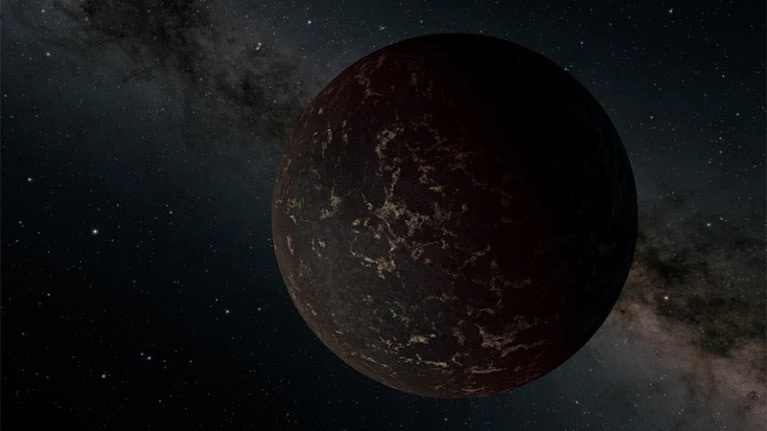
Broadly speaking, each location on Earth experiences approximately half a year of daytime and half a year of nighttime. Near the equator, the lengths of day and night remain fairly constant throughout the year, each lasting about 12 hours.
The farther you move from the equator, the more this balance shifts daily. For instance, in New York City, daylight extends to about 15 hours in June but contracts to around 9 hours by December. At the North Pole or South Pole, daytime and nighttime can extend to the full 24 hours. This occurrence is known as polar day and polar night. The polar day is often referred to as the Midnight Sun.
All of these shifts in the length of day and night are explained by Earth’s axial tilt. Our planet’s equator is not aligned with the sun’s ecliptic plane, but rather tilted by 23.4 degrees. So, as Earth orbits the Sun, different regions tilt towards or away from the Sun at different times of the year. This also explains why we have seasons.
Now imagine a planet where there are no half-measures of daytime or nighttime. On this planet one side would always be lit by the Sun, while the other side resides in perpetual darkness. Astronomers can now point you to such a planet. It resides somewhere in the constellation Indus, some 48.6 light-years away from us.
Tidally Locked Exoplanets
This planet, a super-Earth known as LHS 3844b, is the first exoplanet confirmed to have one-to-one tidal locking. This phenomenon results in one hemisphere eternally basking in daylight while the other remains in perpetual night. Sounds familiar? That’s exactly how our Moon operates, with one side always facing Earth.
Tidal locking occurs when a planet’s rotation period matches its orbital period around its star, causing one side to constantly face the star while the other side turns away, locked in darkness. This phenomenon is owed to gravitational forces acting between the planet and its star.
Showing that an exoplanet located light-years away is tidally locked is incredibly challenging. While the orbital period is easy to record, measuring the rotation period from so far away isn’t. But the researchers thought outside the box.
The team, led by Xintong Lyu of Peking University, along with collaborators from McGill University, the Jet Propulsion Laboratory, and the Max-Planck Institute for Astronomy, used the Spitzer Space Telescope’s infrared observations to measure the intensity of light reflected by this super-Earth. A super-Earth is a type of exoplanet with a mass larger than Earth’s but significantly less than the ice giants Uranus and Neptune.
The data from the Spitzer Space Telescope allowed the researchers to infer the temperature of its surface, revealing that the side facing the telescope was cool. That’s even though LHS 3844b orbits its host star at an extremely close distance, completing an orbit every 11 hours. The only explanation is that this side is the dark side of a tidally locked planet.
“Based on the lack of observed strong tidal heating we rule out rapid non-synchronous rotation,” wrote co-author Keith Cowing.
Just one of many?
“This is the most compelling evidence one could possibly gather with currently existing information or instrumentation,” Emily Rauscher, a theoretical astrophysicist at the University of Michigan in Ann Arbor, told Nature.
Astronomers believe that there are numerous tidally locked planets in our galactic neighborhood. Further evidence is anticipated from the JWST, which is capable of studying the rotation of exoplanets orbiting at a greater distance from their stars — worlds more likely to maintain atmospheres and habitable conditions.
If these planets also show signs of tidal locking, it would imply that many, if not most, habitable planets in the Milky Way are tidally synchronized. And that’s just fascinating to ponder.
The findings appeared in The Astrophysical Journal.
Thanks for your feedback!
